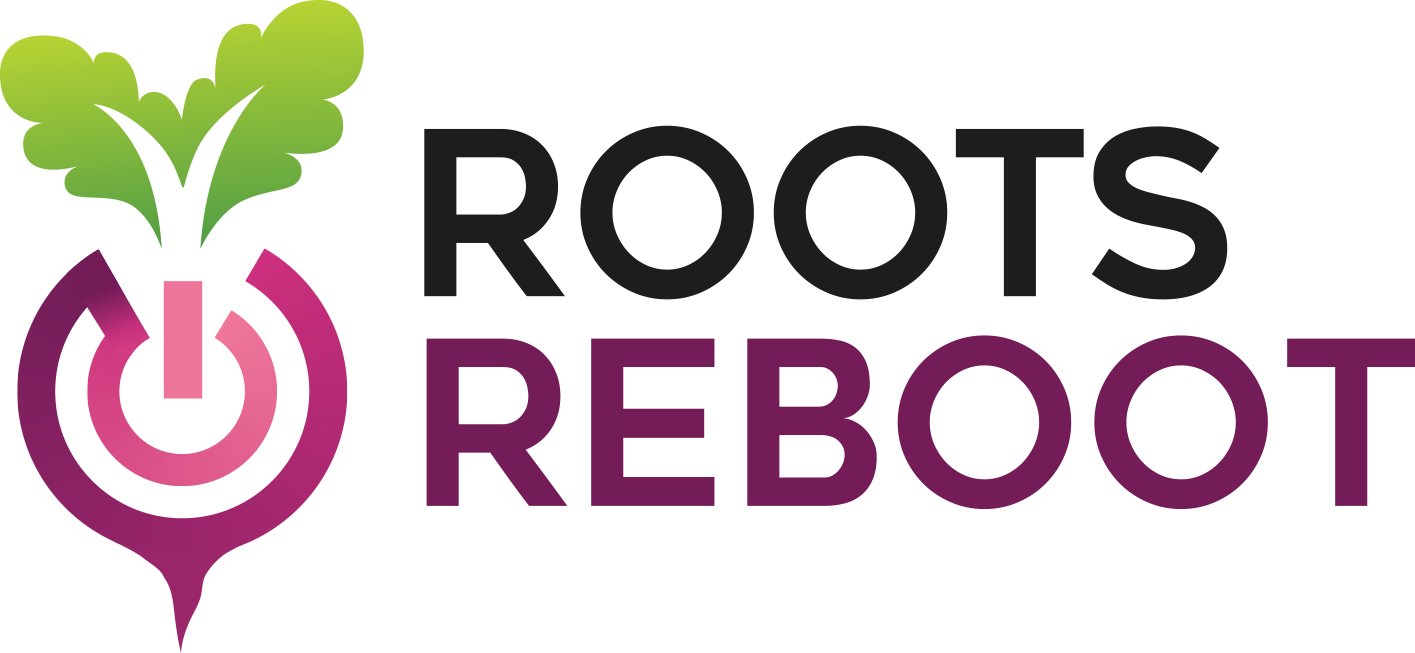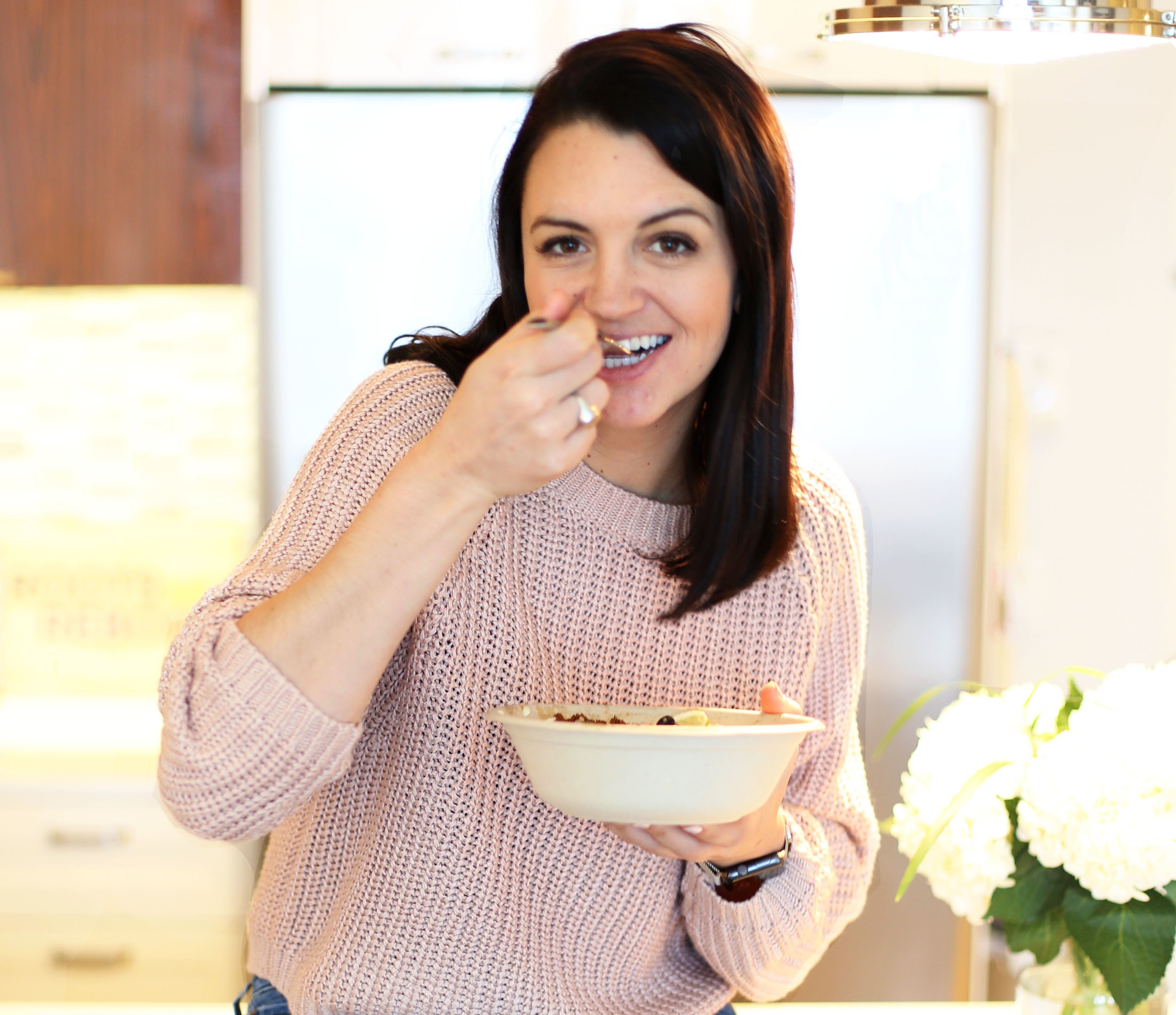bringing Pasta back to its roots.
As a girl who can't resist a pile of noodles in a Thai peanut sauce, i've been on a mission to create a pasta you can enjoy the flavor, taste and texture of ( like PAD TAHI!) for a fraction of the carbs and calories using just whole foods!
Any guesses as to which spiralized root vegetable these noodles might be from!?
reboot with rutabaga
1. protects against cancer
All crucifers (brassicas or cole crops) vegetables like rutabaga are high in antioxidants and anti-cancer compounds. The anti-cancer properties of these vegetables have evidence to support its powerful benefits so much so that the American Cancer Society recommends that Americans increase their intake of cruciferous vegetables per day.
- Cruciferous vegetables are rich in nutrients, including several carotenoids (beta-carotene, lutein, zeaxanthin); vitamins C, E, and K; folate; and minerals.
In addition, cruciferous vegetables contain a group of substances known as glucosinolates, which are sulfur-containing chemicals. These chemicals are responsible for the pungent aroma and bitter flavor of cruciferous vegetables. During food preparation, chewing, and digestion, the glucosinolates are broken down to form biologically active compounds such as indoles, nitriles, thiocyanates, and isothiocyanates. These compounds have been most frequently examined in animal studies for their anti-cancer effects and potential benefits:
- protect cells from DNA damage
- inactivate carcinogens
- antiviral and antibacterial effects
- anti-inflammatory effects
- induce cell death (apoptosis)
- inhibit tumor blood vessel formation (angiogenesis) and tumor cell migration (needed for metastasis)
2. improves Digestion
Just like other cruciferous vegetables, rutabaga is naturally high in fiber. One cup rutabaga has over 8.42% of your daily fiber requirement, making it one of the most dense high-fiber foods! The high fiber content in rutabaga helps to fuel our healthy gut bacteria and in turn has tremendous benefits from weight loss to boosting your brain health and mood! Research across the board suggests getting more fiber in your diet plays a role in the treatment of conditions such as constipation, gastrointestinal disease, stroke, hemorrhoids, high cholesterol, diabetes, heart disease and some forms of cancer.
3. Diabetes prevention + weight loss
Rutabaga have 20% less carbohydrates in equal portions of potatoes! Therefore, when turning rutabaga into an alternative for potatoes, this can be a great option for diabetics to help maintain healthy blood glucose levels and for those who want to cut back on their carbs! With the high fiber content, rutabagas are the perfect low carb option that will also keep you feeling full!
4. Boosts the Immune system
One cup of rutabaga contains 53% of your daily recommended value of vitamin C! Vitamin C provides antioxidants and immune system-supporting functions that help protect the cells from free radical damage. It also plays an important role in enhancing iron absorption in the body, while helping to form both collagen and the thyroid hormone thyroxine, which protect cells against damage, encourage wounds to heal, fight infections, and promote healthy bones, teeth, gums, and blood vessels.
5. Heart health
With rutabaga being packed with potassium, it has the power to aid in lowing blood pressure! Potassium helps to reduce the stress and contraction of blood vessels. This allows for easier passage of blood, increased oxygenation to your organs and systems, and decreases your risk for blood clots. Combine potassium with the fiber content in rutabaga, which helps to reduce cholesterol levels, and you have a powerful food to help prevent atherosclerosis, heart attacks and strokes!
Ask the RD: How do you like to eat rutabaga?
I'm so glad I accidentally picked up rutabaga in the grocery store this Summer thinking it was daikon radish (classic mistake) because its now easily one of my favorite roots vegetables! Love when things work out that way! When cooked, rutabaga releases a sweet yet savory flavor – like a rich golden potato, but less starchy and more satisfying! My favorite way to prepare it:
- Stir-fry: Sautee diced rutabaga (or cut them into strips) in a little bit of coconut oil for about seven minutes.
- Baking: Toss 1 large peeled and cubed rutabaga with 3 tablespoons olive oil, salt and pepper on a baking sheet. Roast at 425 degrees F until golden and soft, about 40 minutes. So yummy!
- Mashing: Fill a pot with water, put in the rutabagas and a bit of salt and let it boil. Lower the heat and simmer for 40 minutes. Once cooked, drain the rutabaga and use a potato masher to mash them evenly. Add a pinch of nutmeg or cinnamon or S&P with a tablespoon of ghee to taste! Great alternative to mashed potatoes (more fiber and less starch)!
- Spiralizing: This is an excellent root vegetable to spiralize because it holds its shape and texture very well when cooked, unlike potatoes, because of its higher fiber, lower starch content. The color also resembles noodles quite well! Throw rutabaga in with more veggies, a protein and a delish sauce (like this peanut Thai sauce!) and boom, soo good. You'll be amazed its vegetable pasta!
rutabaga Pad thai with shrimp
Recipe By Dietitian: Taylor Johnson, RD, LDN
Recipe Type: Dinner
Serves: 4
Dietary restrictions this recipe meets: Gluten free, paleo, dairy free
Dietary Substitutions: omit the shrimp and replace with tofu to make vegan + vegetarian
directions
ingredients
- Prepare the rutabaga noodles using a spiralizer (I use THIS spiralizer and love it!)
- Transfer the rutabaga noodles to a skillet with 1 tbsp EVOO on med/high heat. Sauté rutabaga for about 10 minutes until noodles soften.
- While the rutabaga cooks, make your peanut sauce. In a small bowl, whisk together all of the sauce ingredients until the sauce is smooth and creamy. Taste and adjust the sauce if necessary and thin with water to get desired consistency ( I use about 1-2 tbsp).
- Add in the minced garlic, shrimp and red pepper, cook for additional 8 minutes covered and stirring occasionally or until shrimp is fully cooked.
- Add the carrot ribbons, bean sprouts, peanut sauce and toss to coat. Transfer noodle mixture to a large serving bowl. Top with onions, cilantro, sesame seeds and chopped peanuts. Serve with lime wedges. Reboot and enjoy!
Rutabaga Pasta:
- 1 medium rutabaga, rinsed, scrubbed, and spiralized
- 1 large carrot, ribboned with a vegetable peeler
- 12 oz shrimp (or non-GMO, sprouted tofu cut into cubes)
- 3/4 cup bean sprouts
- 1 red pepper, julienned
- 2 tbsp black sesame seeds
- 4 green onions, finely sliced (white and green parts)
- 1 clove garlic, minced
- lime wedges
- small handful fresh cilantro, chopped
- chopped peanuts
- extra virgin olive oil
Peanut Sauce:
- 1/2 cup peanut butter (modify to a different seed or nut butter if allergic to peanuts)
- 1-2 limes, freshly squeezed for 3 tbsp. juice
- 2 tbsp. pure honey
- 2 tbsp. organic, non-GMO tamari
- 2 tsp. grated ginger
- 3 tbsp filtered water, to thin
- dash of cayenne pepper (or red pepper flakes for more spice)
- freshly ground black pepper
If you make these recipes, we would love to see it! Tag us in your photo @rootsreboot with #RootsReboot or #RebootAndTurnip to our INSTAGRAM or FACEBOOK
XO - ROOTS REBOOT
P.S. NEED TO RECHARGE + REFOCUS + RESET YOUR HEALTH?
Reboot your health with a personal Roots Reboot Dietitian, your source for nutrition answers! Work one-on-one with a Roots Reboot Dietitian and start feeling amazing by achieving the whole-living lifestyle you've always desired! Creating your own personalized nutrition plan and seeing lasting results has never been easier. Skip the waiting room and speak to a Dietitian 24/7, with daily support anytime, anywhere it is most convenient for you!
LEARN MORE HERE!
Based out of Northern Virginia, Washington D.C. and Houston, Texas but our Dietitians provide services NATIONWIDE via tele-nutrition!

















